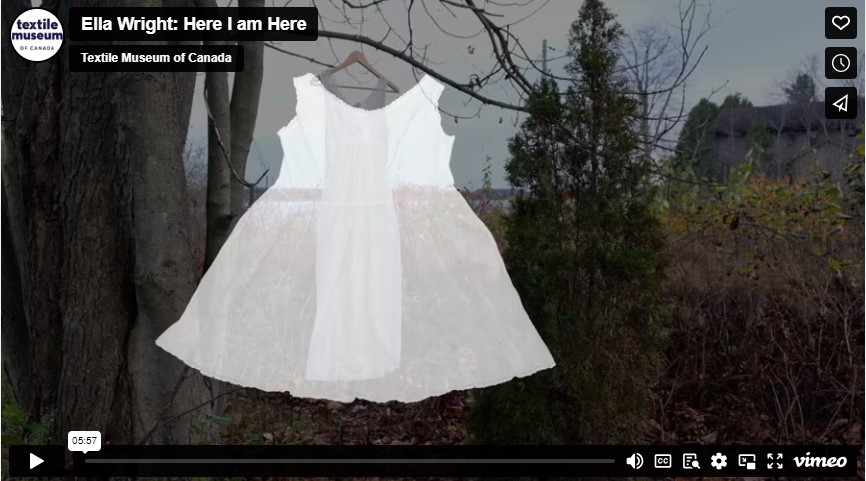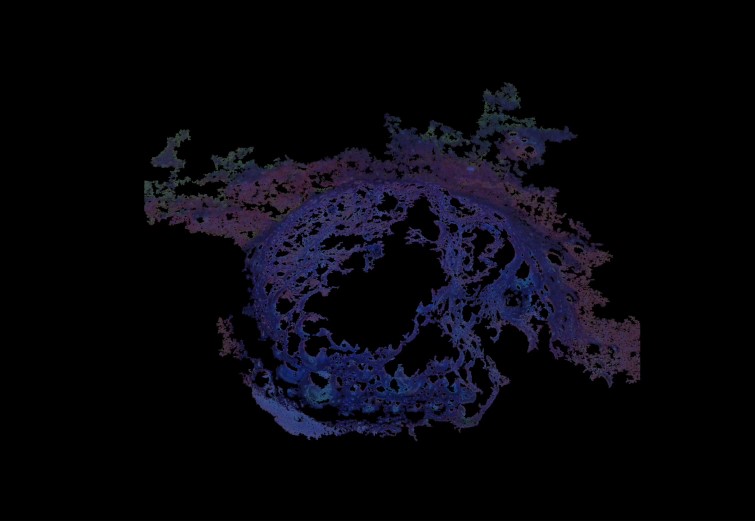Qamani’tuaq (Baker Lake) Arts and Craft Production
Inuit women were skilled sewers, the survival of the family in the harsh northern climate depended on having expertly crafted clothing. In the early 1950s, women’s craftsmanship and design skills provided them with the opportunity to pursue arts and craft production as an economic activity. In 1970, Jack and Sheila Butler, both artists, arrived in Qamani’tuaq (Baker Lake) to develop arts and crafts in the community.
Local women soon began bringing in handsewn items in the hopes of selling them to the craft shop. The Butlers purchased some items and sold most of them locally, including these examples here. Encouraged, the women brought more, including the occasional wall hanging— stitched and appliqued pictures made from scraps left over from the cutting of garments.
Realizing the potential of these hangings Sheila Butler ordered large quantities of felt and duffle to be shipped to Qamani’tuaq . This was the beginning of the Qamani’tuaq wall hanging initiative, and the invention of nivingajuliat (wall hanging) by the talented seamstresses of the community.


